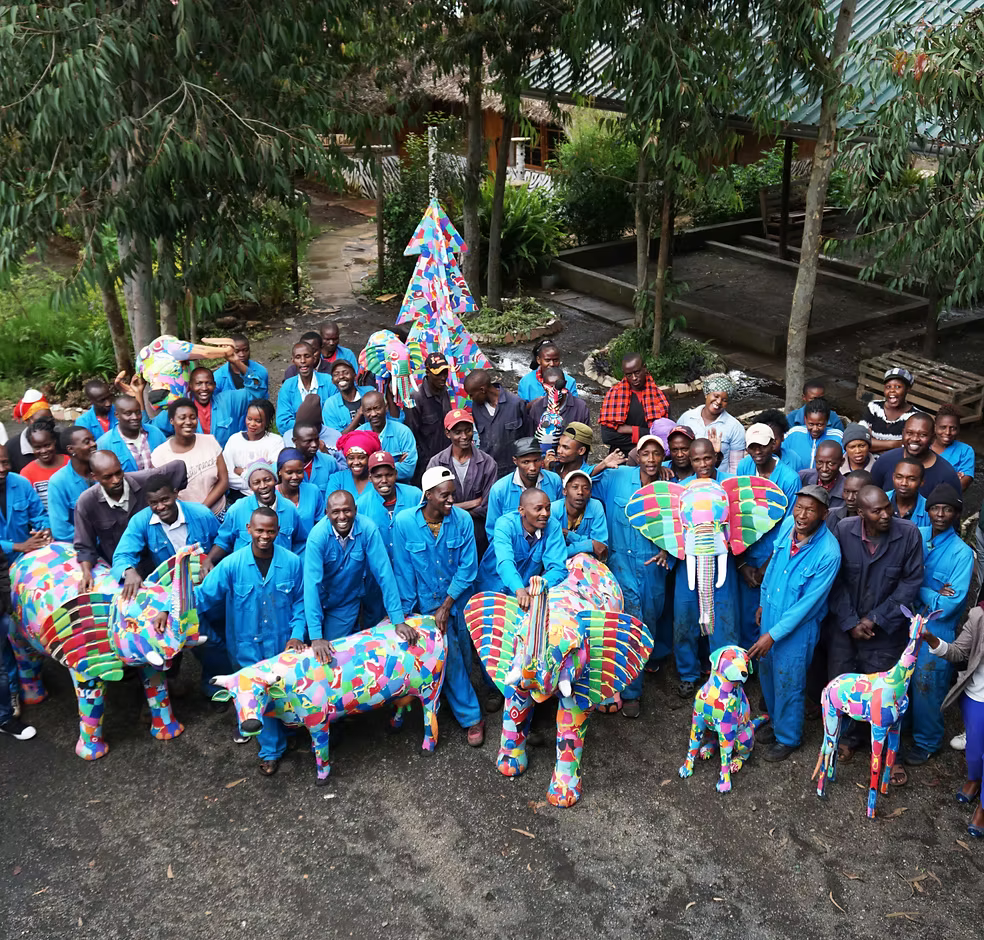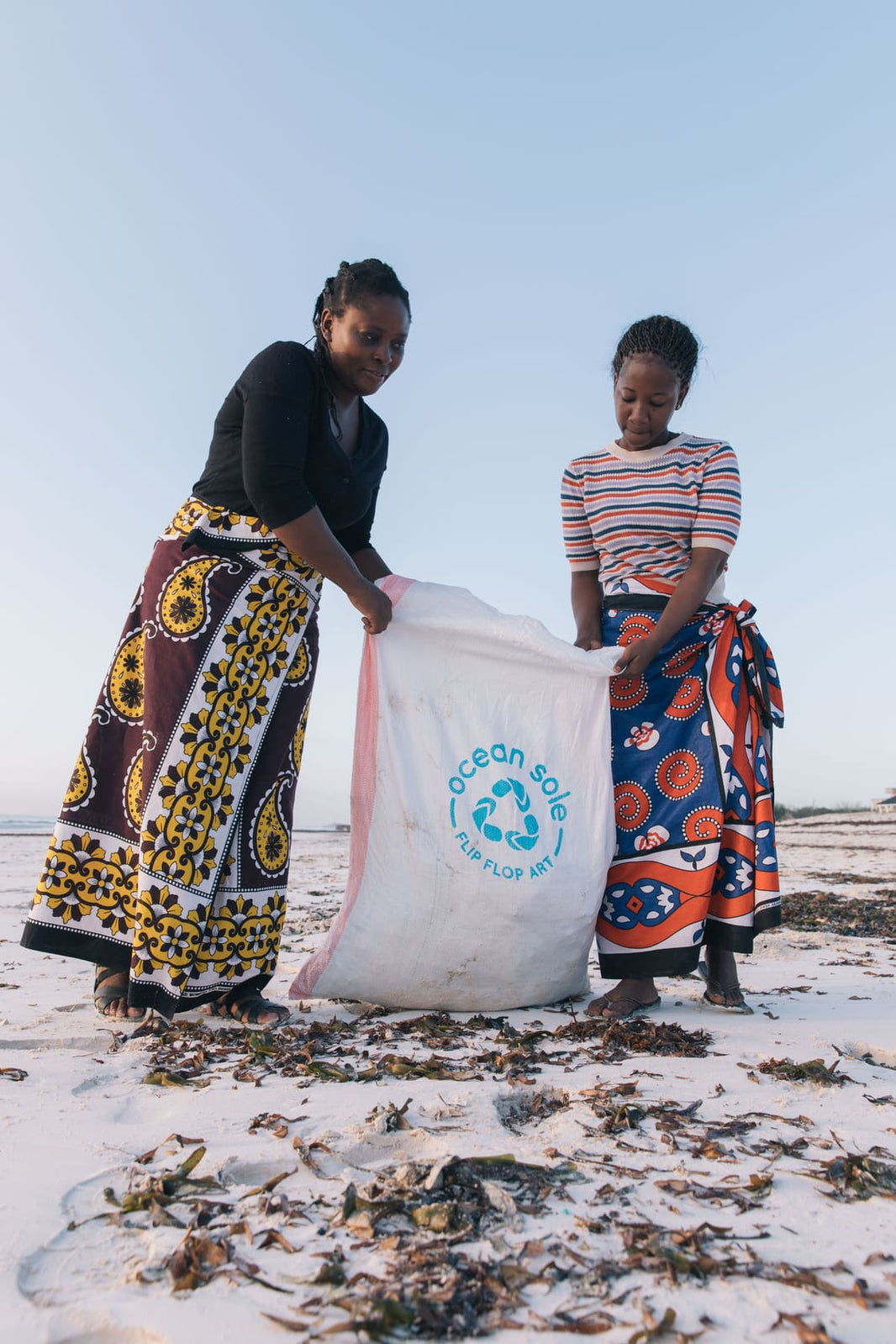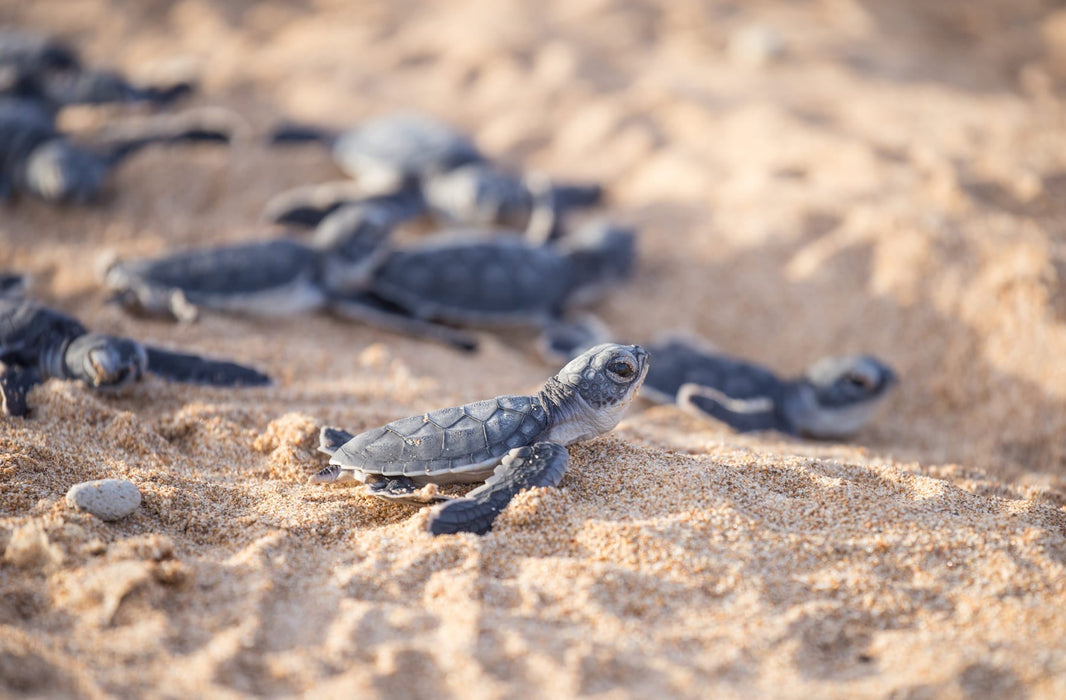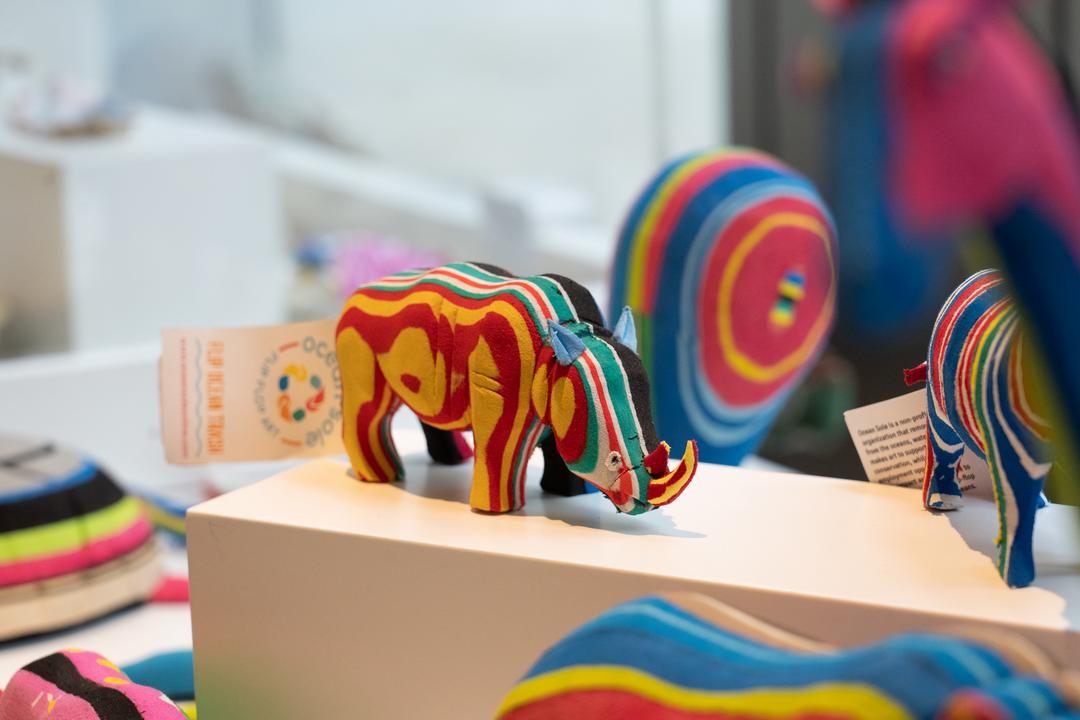Seagrasses… The Lungs Of The Sea
Seagrasses are the only flowering plants that can live underwater. Compared to tropical forests or coral reefs, they are less popular. However, sea-grass meadows are among the world's most productive and vital ecosystems. Surprisingly, they are more related to lilies and gingers than true grasses. They are found near shore waters of the world.
Also referred to as “ The Lungs Of The Sea”, they play a crucial role. March 1st is a day to celebrate and recognise the need to protect and conserve this critical ecosystem. What are the benefits of Seagrass?
- They are the main diet of dugongs and green turtles and provide a habitat for many smaller marine animals, some of which, like prawns and fish, are commercially important.
- They also absorb nutrients from coastal run-off and stabilise sediment, helping to keep the water clear.
- They photosynthesize to create energy and grow, absorbing carbon from the water and generating oxygen in the process. In addition, they store carbon in their leaves and roots.
- Seagrasses also trap decaying organic matter and silt, creating carbon-rich sediments and making them very effective carbon sinks. Therefore, their role in mitigating the effects of human-induced climate change is significant.
- Millions of people’s livelihoods and well-being rely on seagrass through fisheries, marine tourism, and coastal protection from storms.
The benefits of seagrasses to our ecosystem are endless. Tragically, they are in trouble. Over a quarter of global seagrass has been lost in the past century. Here are some threats seagrasses globally are facing:
- Destructive fishing practices such as drag-nets
- Water pollution from industries, sewage, fertilizers and domestic waste
- Habitat destruction from coastal development
- Imbalanced ecosystem caused by over-fishing
- Rising seawater temperatures also influence seagrass growth and disease susceptibility, although research shows they are more resilient to warming waters than other marine ecosystems. Fisheries in many areas will become more dependent on seagrass as the impacts of climate change intensify.
Each seagrass species recovers from damage at a different rate, but in general, recovery can take anywhere between a few months to several years. Injuries to leaves and stems are less detrimental than damage to the underground root system, from which seagrasses may not recover.
The Florida Fish and and Wildlife Conservation Commission recommends the following actions to protect and conserve seagrasses:
- Be Aware: If you live near the coast or along a river, be careful when applying fertilisers and pesticides to your lawn. Use only the amount of fertiliser required and consider using a slow-release fertiliser. Gutters and storm drains transport excess lawn chemicals to the water.
- Read the Waters: Wear polarised sunglasses when boating to reduce the surface glare to help you see shallow areas and seagrass beds. Polarised sunglasses can also help you see and avoid manatees and underwater hazards.
- Know Your Boating Signs and Markers: Operate your boat in marked channels to prevent running around and damaging your boat and seagrass beds. Know the correct side to stay on when approaching channel markers. Learn the shapes and markings of signs warning boaters of dangerous shallows and areas where boats are prohibited by law.
- Know Your Depth and Draft: Slow down and idle when you doubt the depth, you probably cut seagrass if you leave a muddy trail behind your boat. Tilt or stop your engine if necessary. If you run aground, pole or walk your boat to deeper water. Never try to motor your way out. This will cause extensive damage to seagrass and may harm your motor. Know the times for your low and high tides.
- Be On the Lookout: Docks, boathouses, and even boats can block sunlight from reaching the seagrass below. Consider building the dock five feet above the water and using grating rather than planks when building or repairing a dock. Extend the dock to deeper water, so your boat does not shade seagrass.
- Study Your Charts: Use navigational charts, fishing maps, or local boating guides to become familiar with waterways. These nautical charts alert you to shallow areas, so you don't run aground and damage seagrass. Know before you go.
Now that we know a little bit more about seagrases and their importance, we hope you’ll help create awareness of them and help to conserve them. The Lungs of The Sea are counting on you!
Email us at hello@oceansoleafrica.com to get in touch with us for custom orders, CSR partnerships, or just to see how to get involved in our mission!








